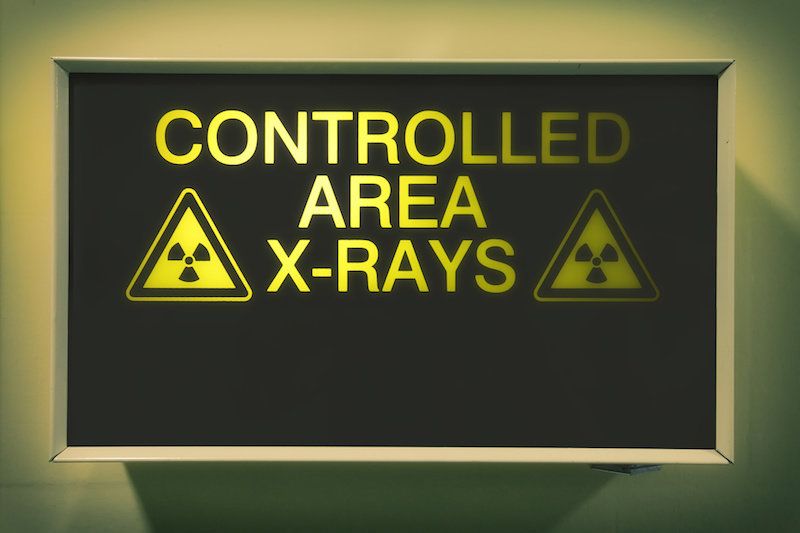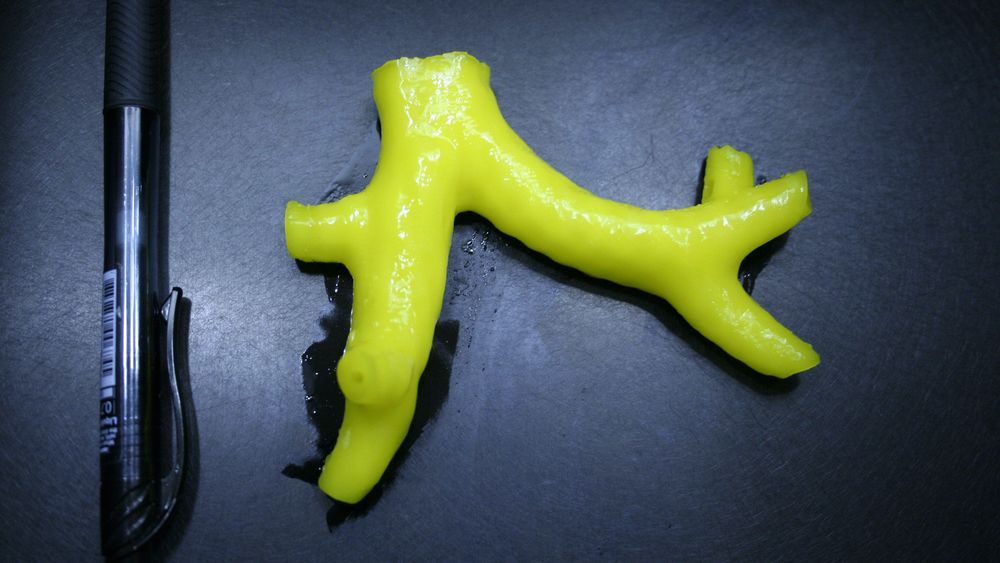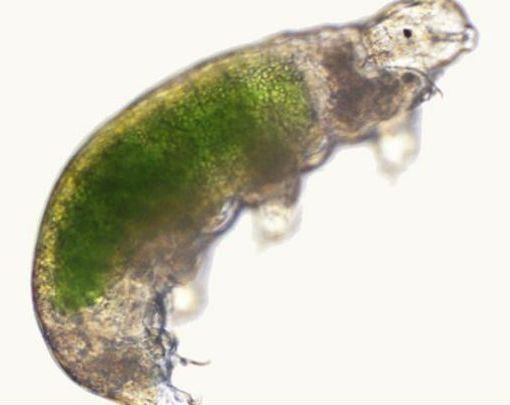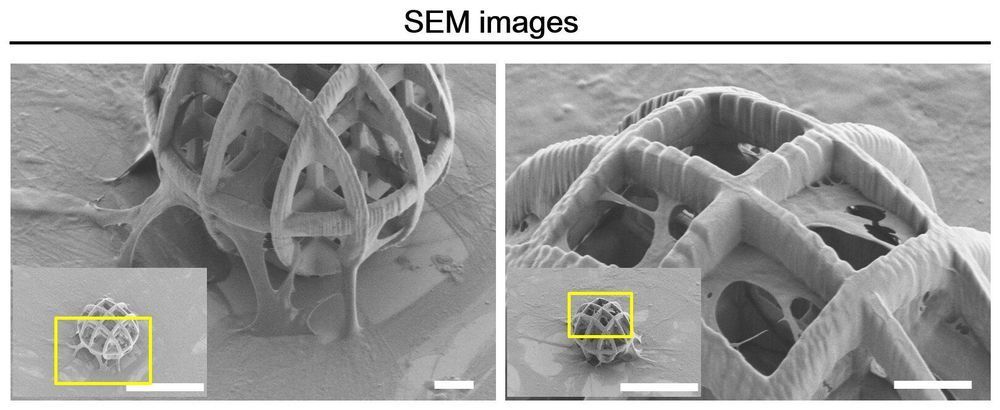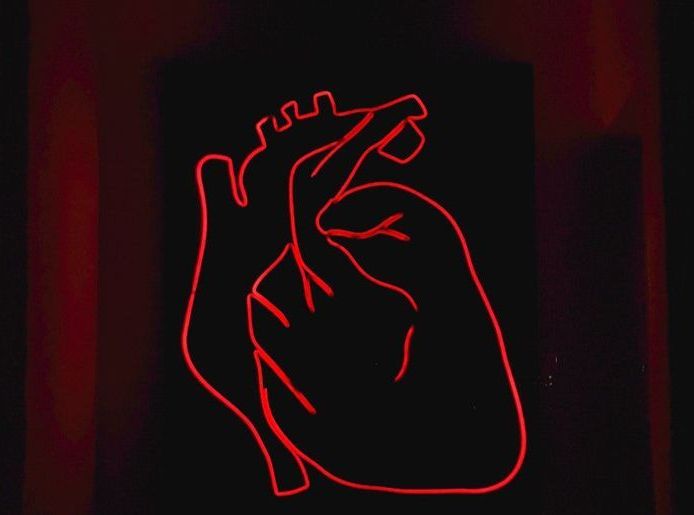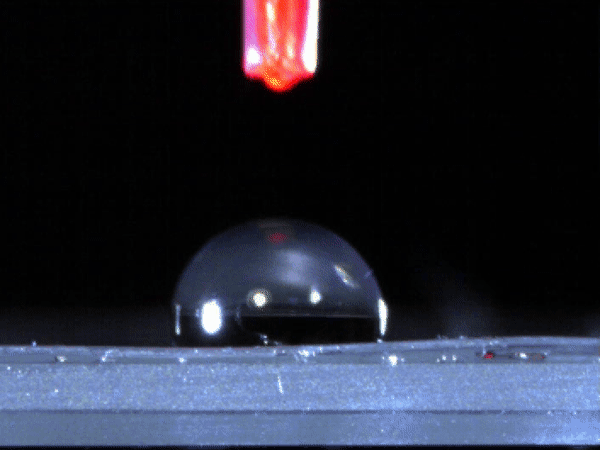Archive for the ‘biotech/medical’ category: Page 1981
Jun 1, 2019
New way to protect against high-dose radiation damage discovered
Posted by Paul Battista in categories: biotech/medical, military, space travel
Damage of healthy intestinal cells is the main disadvantage of radiotherapy leading to the discontinuation and failure of an efficient cancer treatment, potentially causing a quick tumour recurrence. Now, a discovery published in Science by scientists from the Growth Factors, Nutrients and Cancer Group at the Spanish National Cancer Research Centre (CNIO) might be useful to protect healthy intestinal cells from radiation damage. The consequences of their findings in mice might radically change the way humans manage exposure to high levels of radiation; both for cancer research and treatment as well as for other areas like space explorations, nuclear warfare or nuclear accidents.
The Group’s work focuses on URI, a protein whose functions remain not yet fully understood. However, previous studies from the Group have found that abnormal levels of expression of this protein in certain organs can cause cancer. The study now published in Science shows that high levels of URI protein protect mice from radiation-induced intestinal damage, whereas low or no detectable levels of the protein can lead to gastrointestinal syndrome and death.
“The precise functions of URI have not been identified yet,” says Nabil Djouder, Head of the Growth Factors, Nutrients and Cancer Group at CNIO and leader of the study. “Just like pH or temperature, which the organism needs to maintain within a certain range, URI levels must also be kept within a very narrow window to regulate the proper functioning of other proteins. When URI levels are higher or lower than optimal, they may promote or protect against tumour development as well as other diseases, depending on the context.”
Continue reading “New way to protect against high-dose radiation damage discovered” »
Jun 1, 2019
Zolpidem arouses patients in vegetative state after brain injury: quantitative evaluation and indications
Posted by Paul Battista in categories: biotech/medical, neuroscience
Am J Med Sci. 2014 Mar;347:178–82. doi: 10.1097/MAJ.0b013e318287c79c.
BACKGROUND: To investigate the efficacy and indications of zolpidem, a nonbenzodiazepine hypnotic, inducing arousal in vegetative state patients after brain injury.
METHODS: One hundred sixty-five patients were divided into 4 groups, according to area of brain damage and injury mechanism. All patients’ brains were imaged by Tc-ECD single-photon emission computerized tomography (SPECT), before and 1 hour after treatment with 10 mg of zolpidem. Simultaneously, 3 quantitative indicators of brain function and damage were obtained using cerebral state monitor. Thirty-eight patients withdrew from the study after the first zolpidem dose. The remaining 127 patients received a daily dose of 10 mg of zolpidem for 1 week and were monitored again at the end of this week.
Jun 1, 2019
Inside the effort to print lungs and breathe life into them with stem cells
Posted by Paul Battista in categories: 3D printing, biotech/medical
Jun 1, 2019
Black female physicist pioneers technology that kills cancer cells with lasers
Posted by Paul Battista in categories: biotech/medical, education, nanotechnology, neuroscience
Dr. Hadiyah-Nicole Green is one of fewer than 100 black female physicists in the country, and the recent winner of $1.1 million grant to further develop a technology she’s pioneered that uses laser-activated nanoparticles to treat cancer.
Green, who lost her parents young, was raised by her aunt and uncle. While still at school, her aunt died from cancer, and three months later her uncle was diagnosed with cancer, too. Green went on to earn her degree in physics at Alabama A&M University, being crowned Homecoming Queen while she was at it, before going on full scholarship to University of Alabama in Birmingham to earn her Masters and Ph.D. There Green would become the first to work out how to deliver nanoparticles into cancer cells exclusively, so that a laser could be used to remove them, and then successfully carry out her treatment on living animals.
As she takes on her growing responsibilities, Green still makes time to speak at schools, Boys & Girls Clubs and other youth events. “Young black girls don’t see those role models (scientists) as often as they see Beyonce or Nicki Minaj,” says Green. “It’s important to know that our brains are capable of more.”
Continue reading “Black female physicist pioneers technology that kills cancer cells with lasers” »
Jun 1, 2019
A Frozen Tardigrade Has Been Brought Back to Life After 30 Years
Posted by Paul Battista in categories: biotech/medical, life extension
A tardigrade that had been frozen solid for more than 30 years has been brought back to life by researchers in Japan, and has gone on to produce 14 healthy babies. That’s record-smashing stuff right there, because before this tough little water bear came back to life, the world record for reviving a frozen tardigrade was nine years.
The researchers also thawed out an egg that was collected and frozen with the tardigrade in 1983, and not only did a healthy baby hatch from it six days later, but it went on to successfully produce offspring of its own.
Just a few months after scientists debated the unprecedented amount of foreign DNA that is or isn’t looped up into the tardigrade genome, and the discovery that they turn into ‘bioglass’ when they desiccate, a team from the National Institute of Polar Research in Japan has managed to bring a frozen Antarctic tardigrade (Acutuncus antarcticus) back to life with its reproductive organs fully intact.
Continue reading “A Frozen Tardigrade Has Been Brought Back to Life After 30 Years” »
Jun 1, 2019
Researchers use magnetically actuated microrobots to deliver stem cells to tissue targets
Posted by Genevieve Klien in categories: biotech/medical, robotics/AI
A team of researchers affiliated with several institutions in South Korea and one in Switzerland has demonstrated that it is possible to use magnetically actuated microrobots to deliver stem cells to targeted tissue. In their paper published in the journal Science Robotics, the group describes creating the tiny bots and how well they worked when tested.
Jun 1, 2019
Which diseases and health issues can dogs detect?
Posted by Paul Battista in categories: biotech/medical, health
Jun 1, 2019
Study finds these seven metrics predict future heart disease risk
Posted by Genevieve Klien in categories: biotech/medical, health
Though it’s impossible to know whether any given person will end up developing cardiovascular disease later in life, there are known factors and lifestyle decisions that increase the risk. Knowing whether you’re at a higher risk of developing a heart health issue makes it possible to take preventative steps, and here to help with that is a new study detailing seven ‘key’ prediction metrics.
Jun 1, 2019
Quick liquid packaging: Encasing water silhouettes in 3D polymer membranes for lab-in-a-drop experiments
Posted by Saúl Morales Rodriguéz in categories: biotech/medical, chemistry, engineering, nanotechnology
The ability to confine water in an enclosed compartment without directly manipulating it or using rigid containers is an attractive possibility. In a recent study, Sara Coppola and an interdisciplinary research team in the departments of Biomaterials, Intelligent systems, Industrial Production Engineering and Advanced Biomaterials for Healthcare in Italy, proposed a water-based, bottom-up approach to encase facile, short-lived water silhouettes in a custom-made adaptive suit.
In the work, they used a biocompatible polymer that could self-assemble with unprecedented degrees of freedom on the water surface to produce a thin membrane. They custom designed the polymer film as an external container of a liquid core or as a free-standing layer. The scientists characterized the physical properties and morphology of the membrane and proposed a variety of applications for the phenomenon from the nanoscale to the macroscale. The process could encapsulate cells or microorganisms successfully without harm, opening the way to a breakthrough approach applicable for organ-on-a-chip and lab-in-a-drop experiments. The results are now published in Science Advances.
The possibility of isolating, engineering and shaping materials into 2-D or 3D objects from the nanometer to the microscale via bottom-up engineering is gaining importance in materials science. Understanding the physics and chemistry of materials will allow a variety of applications in microelectronics, drug delivery, forensics, archeology and paleontology and space research. Materials scientists use a variety of technical methods for microfabrication including two-photon polymerization, soft interference lithography, replica molding and self-folding polymers to shape and isolate the material of interest. However, most materials engineering protocols require chemical and physical pretreatments to gain the desired final properties.

